A team of archaeologists has unearthed the remains of a long-forgotten Byzantine settlement called Tharais, opening up important new insights into the history of Christianity in the Middle East.
The discovery, led by Associate Professor of Archaeology Musallam R. Al-Rawahneh of Mu'tah University (Jordan), was published in the journal Gephyra.
Mr Al-Rawahneh's discovery was guided by the Madaba map - an ancient mosaic that has long fascinated historians.
Using this map, he located Tharais near the Jordanian village of El-Irāq, in the area known as Ain Al-Qala'a. Although the settlement had been abandoned for centuries, Al-Rawahneh noted that it was once strategically located on ancient trade routes leading to the southeastern Dead Sea.
During the excavation, the archaeological team found many artifacts such as pottery fragments, stone tools, glass fragments and even fossils. Most notable are the significant architectural remains, including a Byzantine church.
Al-Rawahneh particularly emphasized the important role of this Christian church along with an ancient olive oil pressing system, considering them the two most representative discoveries.
The church is described as having basilica architecture, with mosaics typical of Byzantine Christian sites.
Associate Professor Al-Rawahneh said the design of the church "reflects Byzantine art, with a prominent entrance and possible remnants of decorative details." Part of the main door frame and facade of the church have also been uncovered.
In addition, archaeologists found many ancient inscriptions, believed to be related to ancient funeral rites. Although further analysis is needed, Al-Rawahneh said that these inscriptions "may contain Christian imagery and symbolism," promising to reveal more aspects of ancient religious practices.
The abandonment of Tharais in the 7th century is explained by Al-Rawahneh as being due to a combination of factors, including changing trade routes, earthquakes, and environmental change. This period also saw the transfer of control of the region from the Byzantine Empire to Muslim rule.
In the future, the team plans to survey additional areas nearby and conduct more detailed analyses of excavated artifacts. Al-Rawahneh expressed hope that further research will “deepen our understanding of Tharais and its role in the context of Byzantine archaeology in Jordan.”
The Byzantine Empire, also known as the Eastern Roman Empire, existed from 330 to the 15th century, beginning when Emperor Constantine the Great moved the Roman capital to Byzantium (later renamed Constantinople).
To this day, this period continues to yield many interesting archaeological discoveries across Asia Minor and the Middle East.
Recently, a 1,600-year-old mosaic from a Byzantine Christian monastery was displayed in Israel, and a Byzantine tomb was discovered in Syria while a contractor was clearing rubble./.
Source: https://www.vietnamplus.vn/phat-hien-khu-dinh-cu-bi-lang-quen-lam-sang-to-lich-su-kito-giao-tai-trung-dong-post1049642.vnp



![[Photo] Celebration of the 65th Anniversary of the Establishment of Diplomatic Relations between Vietnam and Cuba](https://vphoto.vietnam.vn/thumb/1200x675/vietnam/resource/IMAGE/2025/9/1/0ed159f3f19344e497ab652956b15cca)
![[Photo] Chu Dau Ceramics – Proud of Vietnamese identity at Exhibition A80](https://vphoto.vietnam.vn/thumb/1200x675/vietnam/resource/IMAGE/2025/9/1/c62ab2fc69664657b3f03bea2c59c90e)
![[Photo] General Secretary receives heads of political party delegations from countries attending the 80th anniversary of our country's National Day](https://vphoto.vietnam.vn/thumb/1200x675/vietnam/resource/IMAGE/2025/9/1/ad0cb56026294afcae85480562c2e790)
![[Photo] People eagerly wait all night for the parade on the morning of September 2](https://vphoto.vietnam.vn/thumb/1200x675/vietnam/resource/IMAGE/2025/9/1/0cf8423e8a4e454094f0bace35c9a392)
![[Photo] Solemn reception to celebrate the 80th anniversary of the National Day of the Socialist Republic of Vietnam](https://vphoto.vietnam.vn/thumb/1200x675/vietnam/resource/IMAGE/2025/9/1/e86d78396477453cbfab255db1e2bdb1)
![[Photo] National Assembly Chairman Tran Thanh Man receives Cambodian Senate President Hun Sen](https://vphoto.vietnam.vn/thumb/1200x675/vietnam/resource/IMAGE/2025/9/1/7a90c9b1c1484321bbb0fadceef6559b)
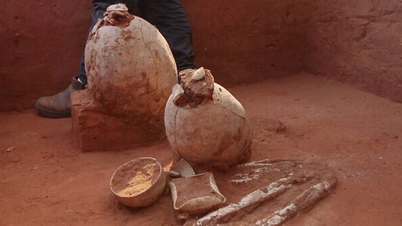
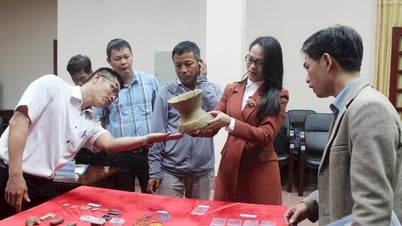

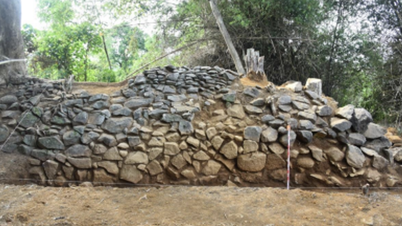

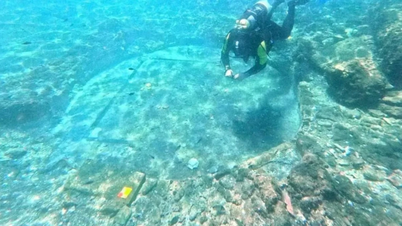


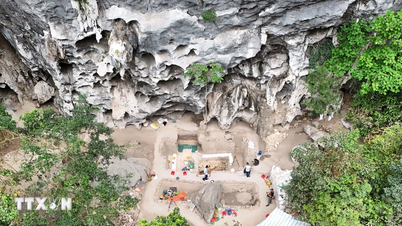
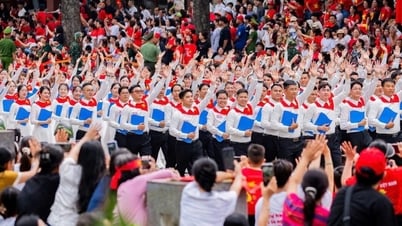


















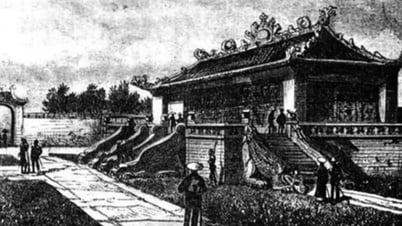


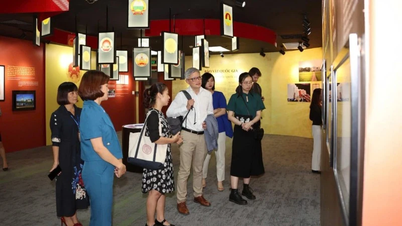







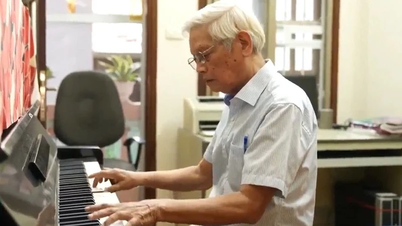
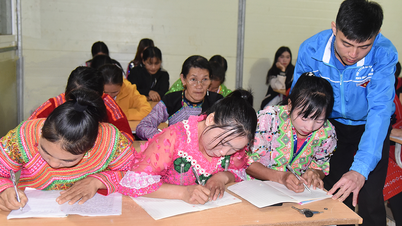

















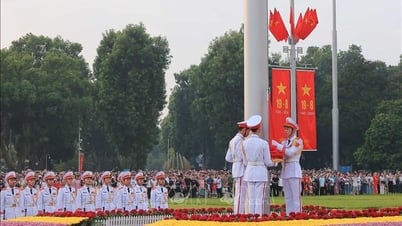










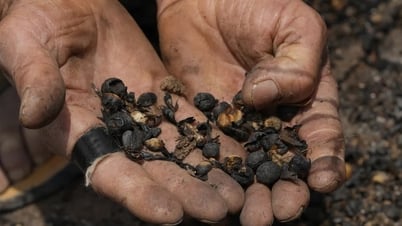



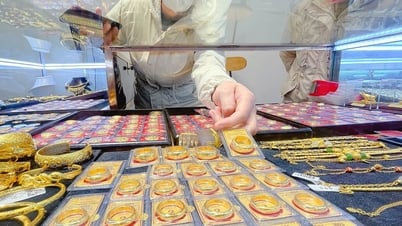




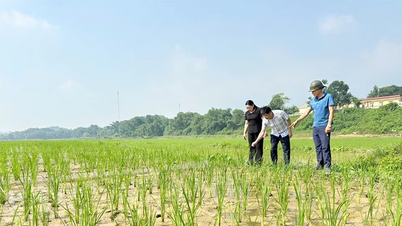













Comment (0)